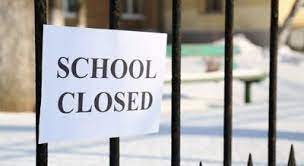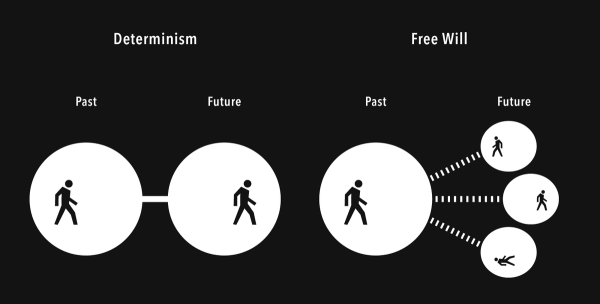Leave the Kids Alone: Why Schools Should Not Close During Omicron

Photo courtesy The Desert Review
Before the current pandemic, the thought of having our schools close unexpectedly was not even remotely present in our minds. I can only remember one or two days as an elementary and middle school student when classes did not proceed as planned. Now, it feels as if we have lost the luxury of leaving school on a Friday and saying “see you next week” to our friends.
Losing most of our first week of school for 2022 has proved to be an unfortunate object lesson: in-person school can’t be taken for granted. School heads and administrators at schools all over the US have decided that mitigating the spread of COVID, or at least giving the appearance of doing so, takes precedence over providing students with the highest quality education possible.
A company called Burbio that tracks interruptions to in-person instruction in schools across the US provides data indicating that there are still thousands of schools across the US struggling to stay fully open each week. These closures are caused by a variety of different issues, including disputes between teachers’ unions and school boards, issues with testing, and general concern about increasing COVID cases. Many argue that this is unfortunate but better than widespread long term remote learning like we saw last year. Too few people are asking the most relevant question of all: is any of this really worth it?
In decisions about whether to close schools, the mortality risk to adolescents and teenagers from COVID-19 should be weighed against other common and more lethal risks. According to an analysis by the New York Times of CDC data during the more virulent COVID-19 Delta wave, COVID-19 has a lower annual mortality risk for 5-to-14-year old’s than cancer, motor vehicle accidents, influenza, suicide, homicide, cardiovascular disease, drowning, and flu/pneumonia. A person in this age group is 10 times more likely to die from cancer or a vehicle accident, 7.5 times more likely to die from suicide, 3 times more likely to die from cardiovascular disease, 2.5 times more likely to die from drowning, and 1.5 more likely to die from flu/pneumonia. In addition, the number of people under 18 who have died from COVID-19 is less than half the number of teenagers 13-18 that died in car accidents last year alone. Moreover, numerous studies have indicated that the Omicron variant is far less dangerous, albeit more transmissible, than the previous variants. Low levels of risk to healthy teenagers make it increasingly hard to justify forcing students to miss even a day of school in the name of COVID-19 mitigation.
It has become increasingly obvious that COVID mitigation measures in schools are cumbersome, impractical, and expensive. Rapid antigen tests are in short supply, and as we’ve experienced first hand, the results of PCR tests like the one our school uses can take days to come back, largely defeating the purpose of administering the tests in the first place. Although these tests may detect a minimal number of asymptomatic cases, instructing people to stay home if they feel unwell will always prevent the vast majority of situations where an infected person might come to campus. It also goes without saying that these testing measures are incredibly expensive.
Between the impracticality of testing programs and the ever-decreasing risk COVID poses to people under 18 (especially those who are vaccinated), the case for taking a less risk-averse approach to education is growing stronger. Now is the right time to stop tormenting students mentally with constant threats of school-closures and excessive fear mongering about the dangers of COVID.
Sources (in order of appearance)
COVID death rates for people under 18

Grade: 12
Years on Staff: 4
Why are you writing for The Flintridge Press? I hope to improve my writing skills, enhance my ability to collaborate...






